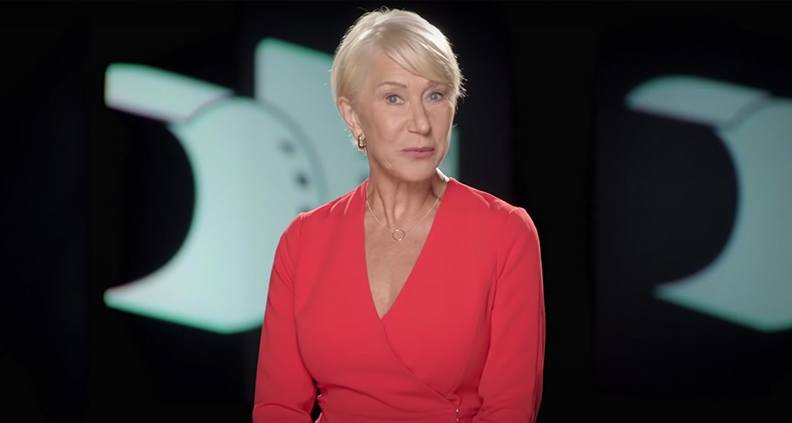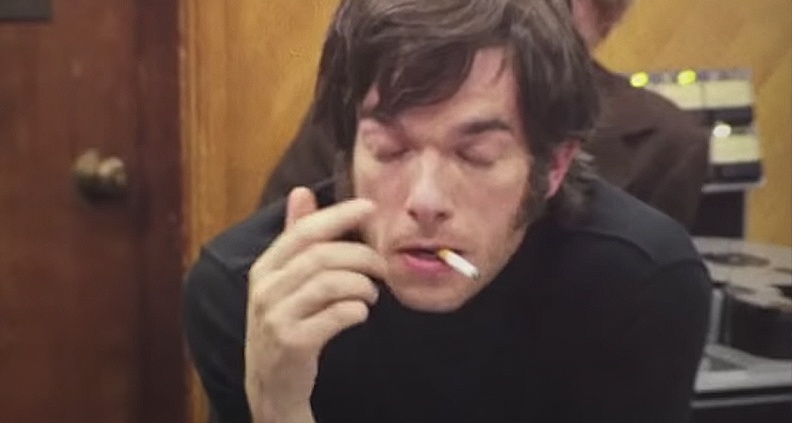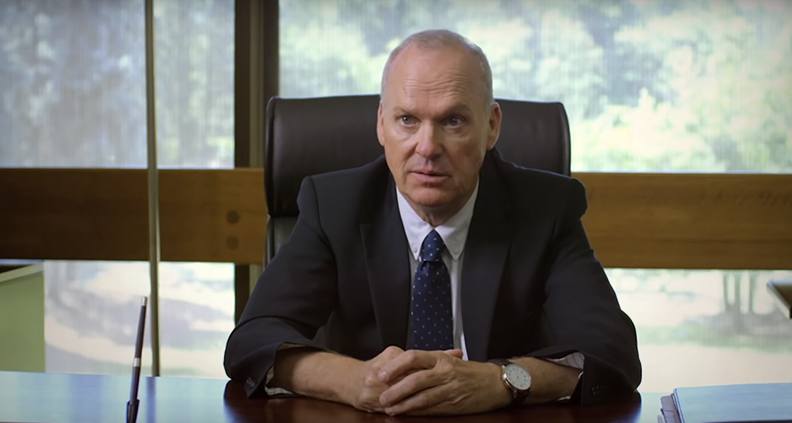From the Archives: Behind the Scenes with the Directors of ‘Documentary Now!’
IFC’s brilliant anthology comedy series Documentary Now! is finally back after a lengthy hiatus, with Season Three currently airing Wednesday nights. To celebrate the return of one of our favorite shows, we’re re-running this interview from 2017. Enjoy!
***
It’s no secret that we’re big, big fans of IFC’s Documentary Now! We’ve already praised the idiosyncratic sketch show’s wonderfully observed, note-perfect parodies of our favorite nonfiction film classics. But it’s not enough. We don’t just wanna know how the sausage is made. We wanna know how the sausage is filmed.
So like any good documentarian,we went straight to the source: series directors and show co-creators Rhys Thomas and Alex Buono, who along with stars Bill Hader and Fred Armisen and collaborators Seth Meyers and John Mulaney have managed to take a niche comedy concept and turn it into one of TV’s most critically acclaimed half-hours. The show recently earned its second consecutive Emmy nomination for Outstanding Variety Sketch series and is available for streaming on Netflix. A third season has been confirmed by IFC.
We caught up with Thomas and Buono—both veterans of Saturday Night Live’s film unit, from which Doc Now! originated—about the show’s production challenges, tricky tone and what ideas they left on the cutting room floor.
DOCUMENTARY NOW!

How did Documentary Now! get started and when did each of you become involved?
Thomas: I worked a lot with Bill, Fred, Seth and John over the years at SNL. This show came out of a short that I did on Bill and Fred’s penultimate show. We did a sketch called “The History of Punk”—that was kind of the genesis of the show. It wasn’t set in stone at that point that we were going to parody well-known documentaries. That evolved out of a writing week we did in LA—we basically just talked documentaries, ones we liked or found amusing. Out of those discussions, certain documentaries started floating to the top.
Buono: Having made the “History of Punk” spot, it became this feeling of, “Wouldn’t it be great to find a way to keep working together?” From my understanding, it was broadcast on a Saturday night and seen by the folks at IFC, and they said it could be a series. Rhys was directing and producing the whole [SNL] film unit, so he couldn’t leave the show. So I started the prep process in LA and he finally came and joined us when he could.
Before the show started did you have much familiarity with the canon of great nonfiction films?
Buono: Everybody on the crew happens to be a real documentary nerd, although I don’t think everyone realized it. We all knew Bill was sort of famous as this encyclopedic cinephile. Years ago I made a documentary called Bigger, Stronger, Faster* and I have a lot of friends in that world. So part of my role on the show is connecting those dots when we needed to reach out to one of the filmmakers that we were paying homage to.

How do you decide which films to parody?
Thomas: A small group, maybe eight of us, sit around for four or five days and talk about what we’ve seen and what we’ve liked. We’ll all talk about for a while and Bill and Fred might start doing characters. Out of that, we try to say, “Here’s the list!” with maybe eight or nine episode ideas. From there, everyone just goes away and works for however long it takes. That’s when Alex and I start working with individual writers to shape [the ideas] into full episodes, focusing on narrative and episode structure.
Buono: It really became about what roles Bill and Fred can play. We need characters where it would be fun to see them play off each other. Certain documentaries just don’t work for that, like broad social issues based documentaries, like an Inside Job. Whereas with Grey Gardens and Salesman, there are great characters. It doesn’t really come back to a writers’ room again until we have a table read before the shoot.
Have there been episode ideas that didn’t get off the ground for whatever reason?
Thomas: For sure. You know [true crime miniseries] The Staircase? That’s one where we were kind of excited by the idea of, but when we started working on it we realized that it’s a big story. If you want to play the intrigue of it right, you need more than a 20-minute episode.
Buono: We’ll get suggestions for Michael Moore or Morgan Spurlock—sort of contemporary, funny docs. But you hit this wall because they’re already funny. For us to try and take on something that’s already comedic, it kind of feels like a hat on a hat. Then some subjects are just really sad and I don’t see how we would have fun with. We looked at Titicut Follies. It was fascinating, but it was just sad and depressing. We took a look and said, “Oh no, we can’t touch this.”

How important is it to capture the mood and feel of the films you’re referencing versus being funny?
Thomas: We all sort of dip in as police on that at different times. Ultimately, it’s about trying to capture the mood and the tone, partly because the conceit is that these are real documentaries. Ideally, if someone flipped on the show and didn’t know Fred and Bill, they could mistake it for the real thing for a while. The “DRONEZ” episode was one of our broadest. I remember kind of concerned that we were dipping too far into written comedy. But it worked.
Buono: For us, it’s real. For the filmmakers, we’re now playing the role of these period documentary directors. We enjoy that fact that other people are amused by how straight we play it.
What are some of the biggest technical challenges of the show?
Thomas: For a long time at SNL, Alex and I were making new short films every week. For us, it’s not that crazy. A lot of it is balancing resources. For example, the Swimming to Cambodia episode came out of a budget concern. We were on track to do a whole different episode, but we were kind of at the limits, realizing we were going to have to pull things in. That one’s a testament to Mulaney’s writing and Bill as a performer, because Bill had zero prep on it.
Buono: We don’t have the art department of most shows, so we’re tackling very specific key props. In “Globesman” we couldn’t afford to shoot in LA, so we took the company to Minneapolis for a couple of days to make it look right. On a technical level, it’s me chasing down the original filmmakers or reading up on how they made the film and trying to find lenses and lighting techniques that match what they were using—just trying to emulate their techniques.
What are your favorite episodes of the show thus far?
Buono: In Season One, I gravitate toward “Kunuk Uncovered.” I enjoyed the challenge of doing something that was period. In Season Two, my knee jerk response is “Juan Likes Rice and Chicken”—it has such a nice, emotional, kind of satisfying ending. When it comes together, you kind of tear up in the end.
Thomas: I really loved the Al Capone episode in Season One. Tonally, there was some sweetness to it that I enjoyed playing with. It was nice to break out of the comedy universe we’d normally find ourselves in. I like “Globesman” as well. It has sadness to it, which I like. I’d recommend Salesman to anyone. Coming in to Season Two, I said I wanted to do a Salesman episode, because it’s just a fascinating look at a time and a place. I think it’s great.
Season Three of Documentary Now! is currently airing on IFC Wednesday nights. Learn how to become a Member of Film Independent by visiting our website, and click here to subscribe to our YouTube channel.
(Header: Owen Wilson in the Season Three Documentary Now! parody of Wild, Wild Country ‘Batshit County’)